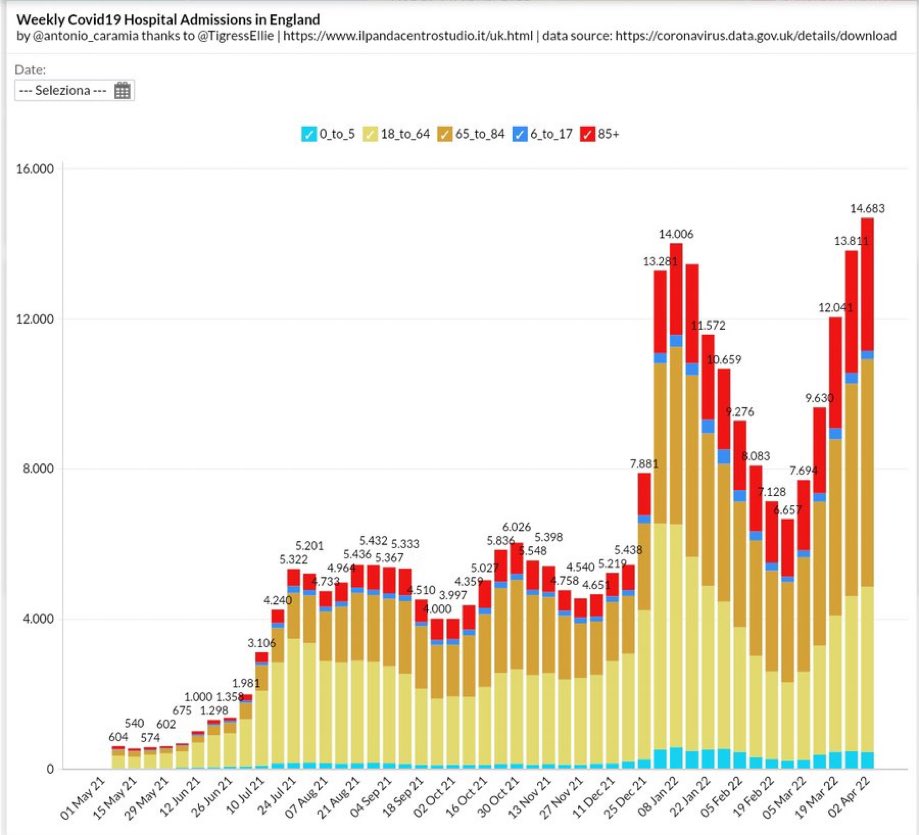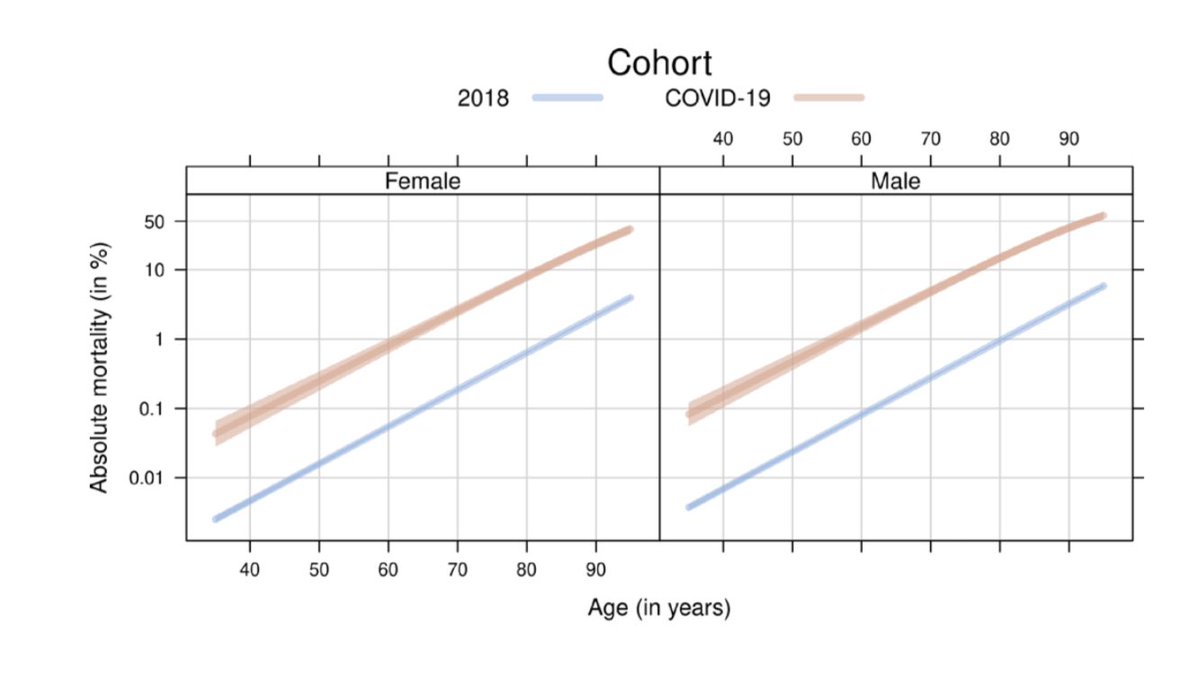
Omicron is far more dangerous than the flu, explains Dr Dan Goyal.
Many have bought into the “Covid is now like the Flu” narrative. So here’s the science without the scientific jargon. Judge for yourself.
For the ‘Too long, didn’t read’ folk: like for like: infection fatality ratio (IFR) approximately six times that of flu; mortality risk 32 times greater than that for flu.
For the purpose of comparing deaths from one disease to another, it doesn’t matter too much what method you use to calculate deaths; it is simply important to use the same methods.
Broadly speaking there are two methods. One looks at total number of infections and then how often that infection is mentioned on death certificates. It then gives a percentage – 100 infections with 1 death = 1% fatality rate. This is known as the Infection Fatality Rate or IFR.
The other way is to use modelling studies. This is particularly helpful when the infection isn’t tested for very much. When data is not available these studies are often used to estimate total number of ‘infection-associated’ deaths.
Typically both methods have their downfalls. Prevalence studies tend to under-estimate the ‘real’ mortality as death certificates are likely to miss deaths and it is difficult to capture ‘total’ number of infections. Modelling studies tend to over-estimate.
The crucial point is, you cannot use a modelling study and compare it to prevalence studies.
“The total numbers of deaths generated from the two methods cannot be compared.”
https://www.eurosurveillance.org/content/10.2807/ese.17.18.20162-en
We can in the UK (and other countries) measure Covid deaths through prevalence studies and calculate a reasonably accurate IFR…that is, we have a good idea how many infections there are and legally- binding death certificates.
The IFR of an infection is typically calculated over a season or year. If we calculate IFR at the end of a season (especially if reinfections occur), then it will be lower as the population has some immunity to that strain or some have died from it already.
Nonetheless, one can still calculate a population level IFR based on the most recent prevalence study, albeit it is likely a less stable estimate. Currently the IFR of Covid is around 0.035 per cent.
What does this mean exactly? It is easy to see why the comparison to flu has been used. For most of us a 0.035 per cent IFR means very little. We know flu, somewhat. IFR of flu varies, but in 2019 we know there were 1223 deaths with influenza mentioned on the death certificate.
We don’t know how many cases of flu there were during 2019 (unbelievably!). But generally, influenza infects about 30 per cent of the population over the year (but up to 65 per cent some seasons). This makes the IFR of influenza 0.006 per cent(or as low as 0.0027 per cent).
So, when using the same methods, the lethality (IFR) of Covid in the UK over the population as a whole is six times higher than the flu.
So does that mean the risk of dying from Covid is six times higher than it would be during a typical flu season? I’m afraid not…
IFR does not tell us the actual risk posed by SARS2. It tells us the individual risk once we contract SARS2. The risk to self is both the risk of catching the virus and then the risk of death or disability once you have the virus.
For example, endemic Malaria has an IFR of 0.22 per cent, but if you stay in the UK your chance of death from it is almost zero. How likely you are to catch the infection is often more important than how lethal it is once you get it.
In basic terms, we can see the increased risk of SARS2 by simply examining how many more people are dying with Covid than would normally during a flu season. Around 3.4 deaths per day (average) occur from influenza (death certificates) and around 110 per day from Covid.
So, on a population level there is 32 times greater chance of dying from Covid than flu (during a typical season) at the current moment in the UK. This will change based on how high infection rates are.
And unlike the flu, Covid confers an equal increase in risk to all adults (no data about kids in this study).

These estimates remain imperfect. We test more for Covid than flu, even during a typical flu season, and there are the unknown effects of contributory deaths (i.e Covid causing an embolus or flu causing a pneumonia).
But, for the purpose of trying to communicate risk of SARS2, the 32 x estimate is close to reality. For what we experience as flu – unpleasant, rarely fatal ‘except’ to the elderly -, SARS2 is much, much more dangerous to the general public.
Science and medicine have made huge progress. The IFR of Covid in the UK in 2020 has been estimated at 0.69 per cent. There has been an approximately 20 times reduction in the risk of death – thanks to vaccines and treatments.
But as we all make our own decisions about what risks to take – masks, vaccines, self-isolation…- we should do so understanding the real-world risk of SARS2. With an IFR likely greater than six times that of flu and the high chance of catching it, Covid remains the most dangerous infection in the UK.
Originally tweeted by Dr Dan Goyal (@danielgoyal) on 06/04/2022.





